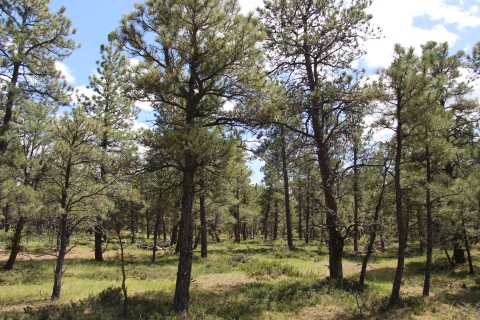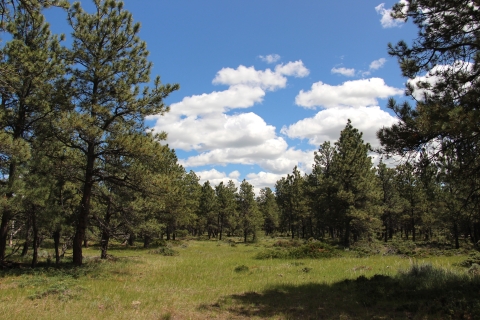Visit Us
War Horse National Wildlife Refuge (NWR) lies within the boundaries of the Charles M. Russell Wetland Management District in central Montana. Both are a part of the Charles M. Russell NWR Complex. War Horse Refuge consists of three separate tracts of land: War Horse Unit, Wild Horse Unit, and Yellow Water Unit. Each unit of the Refuge is open to hunting, wildlife observation, and photography.
Location and Contact Information
- War Horse National Wildlife RefugeView DetailsC/O Charles M. Russell Wetland Management District 333 Airport Road Lewistown, MT 59457
About Us
War Horse National Wildlife Refuge is one of four unstaffed satellite National Wildlife Refuges (NWRs) in central Montana that lie within the boundaries of the Charles M. Russell Wetland Management District (WMD). Both the Refuge and the WMD are part of the Charles M. Russell NWR Complex, headquartered in Lewistown, Montana.
The three units that comprise War Horse NWR - War Horse Unit, Wild Horse Unit, and Yellow Water Unit, combine to make this Refuge 2,876 acres. The Refuge was established in 1958 as a “refuge and breeding ground for migratory birds and other wildlife”. It serves as a staging and nesting area for migrating waterfowl, shorebirds and other migratory birds. Its grasslands, sagebrush sagebrush
The western United States’ sagebrush country encompasses over 175 million acres of public and private lands. The sagebrush landscape provides many benefits to our rural economies and communities, and it serves as crucial habitat for a diversity of wildlife, including the iconic greater sage-grouse and over 350 other species.
Learn more about sagebrush , savanna, and woodlands also provide habitat for a number of other species, such as pronghorn, mule deer, greater sage grouse, sharp-tailed grouse, neotropical migrant and grassland nesting birds, jackrabbits, and porcupines.
What We Do
The overall management goal at this Refuge is to promote biological diversity and maintain the natural abundance of native plants and wildlife. Science is the foundation upon which conservation decisions are made. We use research, monitoring and the best-available science to inform our work to conserve fish, wildlife, plants, and their habitat.





















